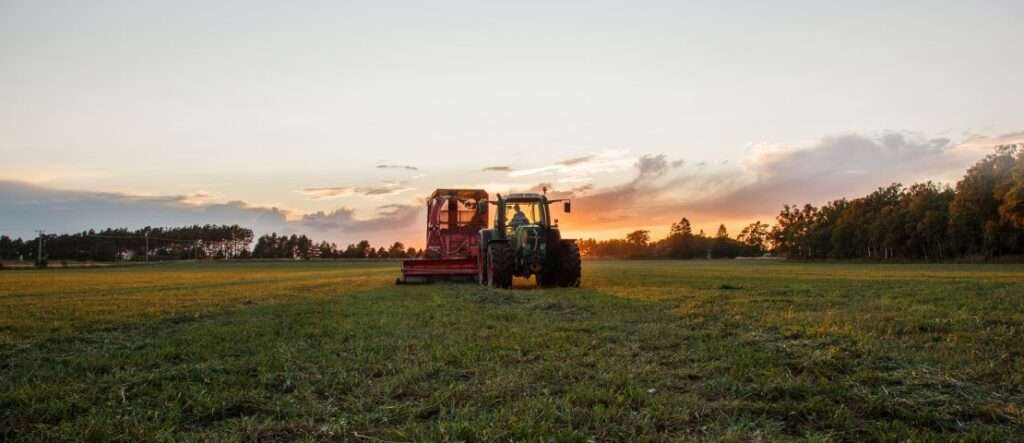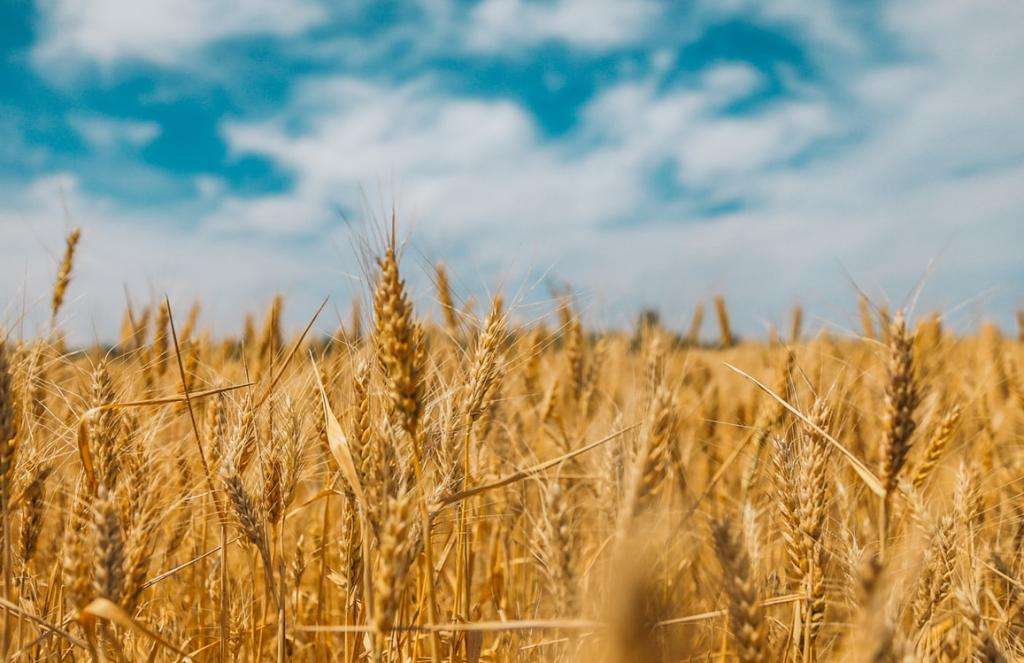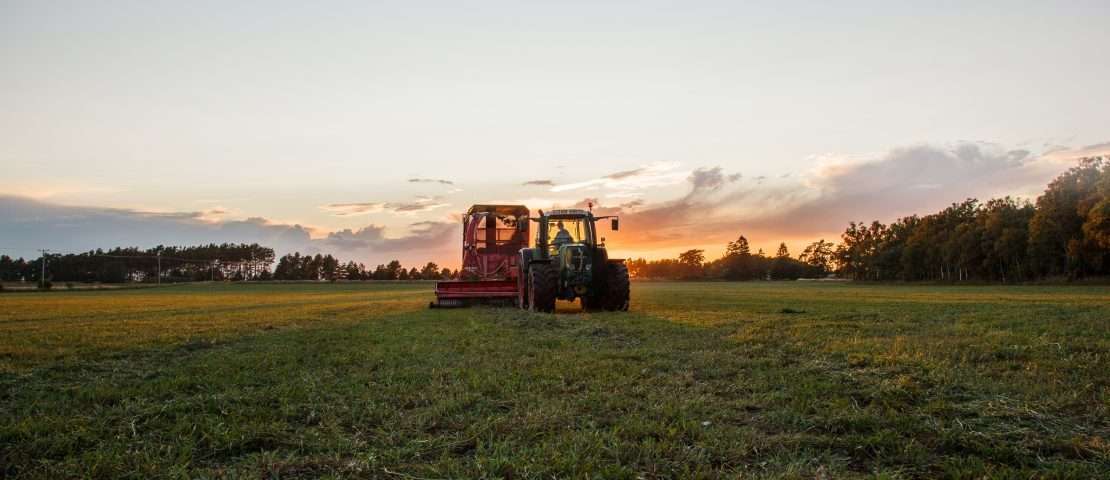Hi there! In this article, we’ll be discussing whether Sweden can achieve food self-sufficiency. We’ll explore the concept of off grid living and delve into the question of whether Sweden is currently self-sufficient in food. So, if you’ve ever wondered about Sweden’s food production and self-reliance, you’re in the right place. Let’s get started!
Can Sweden Achieve Food Self-Sufficiency?

Overview
Introduction to food self-sufficiency
Food self-sufficiency refers to a country’s ability to produce enough food to meet the needs of its population without relying heavily on food imports. It is an essential aspect of a country’s food security, ensuring that its citizens have access to an adequate and diverse food supply.
What it means for a country to be self-sufficient in food
Being self-sufficient in food means that a country can rely on its own agricultural resources to produce enough food to meet the needs of its population. It reduces dependency on external sources and provides greater control over food production and distribution.
Importance of achieving food self-sufficiency
Achieving food self-sufficiency has several important benefits. It enhances food security, reduces vulnerability to external factors such as climate change or trade disruptions, and promotes domestic economic growth. It also contributes to the preservation of cultural heritage and fosters sustainable agricultural practices.
Current status of Sweden’s food self-sufficiency
Dependency on food imports
Despite its abundant natural resources, Sweden has been dependent on food imports to meet its population’s needs. The country imports a significant portion of its food, including staple crops, fruits, and vegetables.
Percentage of domestically produced food
According to the Swedish Board of Agriculture, Sweden’s self-sufficiency rate in terms of calorie availability is around 50%, indicating a considerable reliance on food imports. However, it is important to note that self-sufficiency rates can vary depending on the specific food item and time of year.
Factors affecting food self-sufficiency in Sweden
Several factors contribute to Sweden’s current level of food self-sufficiency. These include the country’s geographical location, limited agricultural land availability, and climatic conditions that pose challenges to the cultivation of certain crops.
Advantages and disadvantages of food self-sufficiency in Sweden
Advantages of achieving self-sufficiency in food
By becoming self-sufficient in food, Sweden can enhance its food security, reduce its dependence on imports, and strengthen its domestic agricultural sector. It can also support local farmers and promote sustainable farming practices. Additionally, food self-sufficiency can contribute to national pride and cultural preservation.
Disadvantages and challenges of food self-sufficiency
Achieving food self-sufficiency in Sweden also presents certain challenges. The country’s climate, characterized by long, cold winters, limits the cultivation of certain crops and necessitates energy-intensive production methods. Moreover, transitioning to self-sufficiency may require significant investments and changes in agricultural practices, potentially impacting food prices.
Efforts towards achieving food self-sufficiency in Sweden
Government policies and initiatives
The Swedish government has recognized the importance of achieving food self-sufficiency and has implemented various policies to support domestic agricultural production. These include financial support for farmers, investment in research and development, and measures to promote sustainable farming practices.
Promotion of local and sustainable agriculture
There has been a growing focus on promoting local and sustainable agriculture in Sweden. Initiatives such as “From Sweden” and “KRAV” certification encourage consumers to buy locally produced and organic food, supporting domestic farmers and reducing the environmental impact of food production.
Investment in research and technology
Sweden has also invested in research and technology to enhance agricultural productivity and reduce the environmental footprint of food production. Efforts are being made to develop innovative farming techniques, improve resource management, and incorporate digital solutions into agricultural practices.

Sustainable farming practices in Sweden
Organic farming techniques and practices
Organic farming has gained popularity in Sweden as a means of promoting sustainable agricultural practices. Farmers adhere to strict regulations and standards, avoiding the use of synthetic pesticides and fertilizers, and emphasizing crop rotation and biodiversity.
Permaculture and regenerative agriculture
Permaculture and regenerative agriculture are innovative approaches that prioritize ecosystem health and resilience. These practices focus on creating sustainable food systems that mimic natural ecosystems, maximizing resource efficiency and biodiversity.
Use of renewable energy in agriculture
Sweden is a leader in renewable energy production, and the agricultural sector has also been adopting renewable energy sources. Electricity generated from wind, solar, and bioenergy is being used in farming operations, reducing greenhouse gas emissions and promoting sustainability.
Community-driven initiatives towards self-sufficiency
Urban farming and community gardens
Urban farming and community gardens have gained traction in Sweden’s cities, allowing residents to grow their food in limited spaces. These initiatives encourage community engagement, promote local food production, and contribute to food self-sufficiency on a smaller scale.
Farmers markets and direct-to-consumer sales
Farmers markets and direct-to-consumer sales provide opportunities for local farmers to sell their products directly to consumers. By shortening the supply chain, these initiatives support domestic agriculture and foster stronger connections between producers and consumers.
Food cooperatives and community-supported agriculture
Food cooperatives and community-supported agriculture (CSA) models involve consumers actively participating in the agricultural process. By purchasing shares or memberships, individuals support local farmers and receive a share of the harvest, strengthening food self-sufficiency at the community level.

Challenges and obstacles to achieving food self-sufficiency
Climate and weather conditions
Sweden’s climate presents significant challenges for achieving complete food self-sufficiency. Harsh winters and limited growing seasons make it difficult to cultivate certain crops, necessitating alternative methods such as greenhouse production or indoor farming.
Limited land availability
Land availability is another constraint to achieving food self-sufficiency in Sweden. The country’s northern regions, which have more agricultural potential, may lack access to the necessary infrastructure and resources required for large-scale farming operations.
Dependency on imported inputs
While Sweden aims to reduce its dependency on food imports, it is important to consider the reliance on imported inputs such as seeds, fertilizers, and machinery. The availability and sustainability of these resources can impact the country’s journey towards self-sufficiency.
Collaboration and partnerships for food self-sufficiency
International collaborations and knowledge sharing
Collaboration with other countries and international organizations is crucial for advancing Sweden’s food self-sufficiency goals. Knowledge sharing, research collaborations, and trade agreements can facilitate the exchange of best practices and support the development of sustainable food systems.
Public-private partnerships
Public-private partnerships play a vital role in promoting sustainable agriculture and achieving food self-sufficiency. By bringing together government entities, private companies, and civil society, these collaborations can leverage resources, expertise, and innovation to overcome challenges and drive progress.
Cooperation between farmers and consumers
Building strong relationships between farmers and consumers is essential for achieving food self-sufficiency. Engaging consumers in the farming process, educating them about the challenges and benefits of self-sufficiency, and promoting local products fosters a sense of shared responsibility and encourages support for domestic agriculture.

Technological advancements in agriculture
Precision farming and smart agriculture
Precision farming and smart agriculture technologies enable farmers to optimize resource use, monitor crop health, and improve efficiency. These advancements, including drones, satellite imagery, and sensor-based systems, can help increase productivity and mitigate environmental impacts.
Vertical farming and hydroponics
Vertical farming and hydroponics are innovative approaches to food production that utilize limited spaces and reduce reliance on traditional farming methods. Vertical farms utilize vertical shelves or towers to grow crops indoors, often employing hydroponics, which involves growing plants without soil using nutrient-rich water.
Innovations in food production and processing
Technological advancements in food production and processing can support Sweden’s journey towards food self-sufficiency. These innovations include sustainable packaging materials, food preservation techniques, and efficient processing methods that minimize waste and improve shelf life.
Role of education and awareness in food self-sufficiency
Importance of agricultural education
Promoting agricultural education and training programs is crucial for developing a skilled workforce and fostering innovation in the agricultural sector. Educating future generations about sustainable farming practices and the benefits of self-sufficiency can contribute to long-term food security.
Promotion of sustainable food practices among consumers
Engaging consumers and promoting sustainable food practices are vital for achieving food self-sufficiency. Raising awareness about the environmental and social impacts of food choices, promoting local and seasonal products, and encouraging waste reduction can empower individuals to make more sustainable food choices.
Awareness campaigns and behavior change
Public awareness campaigns can play a significant role in influencing behavior and driving towards food self-sufficiency. These campaigns can educate the public about the benefits of supporting local agriculture, encourage participation in community-driven initiatives, and motivate behavior change towards a more sustainable food system.
Economic implications of food self-sufficiency
Impact on trade and global food systems
Achieving complete food self-sufficiency can impact trade dynamics and global food systems. Sweden’s reduced reliance on food imports may influence international trade patterns and potentially enhance its bargaining power in global agricultural markets.
Job creation and economic growth
By promoting domestic agriculture, food self-sufficiency can lead to job creation and economic growth. Investment in the agricultural sector, technological advancements, and support for local farmers can stimulate the economy and create employment opportunities, particularly in rural areas.
Costs and benefits of self-sufficiency
While striving for self-sufficiency, it is essential to consider the costs and benefits associated with the transition. Investments in infrastructure, research, and technology may incur initial costs. However, the long-term benefits, including enhanced food security, reduced import dependency, and environmental sustainability, can outweigh these challenges.
Case studies and success stories
Examples of self-sufficient farming communities in Sweden
Several self-sufficient farming communities showcase what can be achieved in Sweden. For example, the Järna community near Stockholm has implemented sustainable farming practices and established local food systems, prioritizing organic production and minimizing dependency on external resources.
Innovative approaches to food production
Sweden has also witnessed innovative approaches to food production, such as the use of closed-loop systems and circular economy principles. These approaches minimize waste, optimize resource use, and promote sustainable production practices.
Small-scale farming success stories
Small-scale farmers have demonstrated their ability to contribute to food self-sufficiency in Sweden. Initiatives like collective farming and cooperative models have allowed small-scale farmers to pool resources, share expertise, and collectively meet local demand for fresh, locally produced food.
Future prospects and strategies
Long-term goals for food self-sufficiency
Sweden’s long-term goals for food self-sufficiency include increased domestic production, reduced reliance on imports, and the promotion of sustainable farming practices. These goals align with global efforts to achieve food security, sustainable development, and climate resilience.
Integration of technology and sustainability
The integration of technology and sustainability will play a crucial role in Sweden’s journey towards food self-sufficiency. Embracing digital solutions, precision farming, and renewable energy in agriculture can enhance productivity, decrease environmental impacts, and optimize resource use.
Policy recommendations for achieving self-sufficiency
To achieve food self-sufficiency, policymakers should prioritize measures such as financial support for farmers, research investment, and policies that promote sustainable and resilient agriculture. Strengthening cooperation between stakeholders, fostering innovation, and incentivizing sustainable practices can further support Sweden’s self-sufficiency goals.
Conclusion
Summary of key findings
Sweden, despite its current reliance on food imports, has the potential to achieve food self-sufficiency. The country’s commitment to sustainable farming practices, investment in research and technology, and community-driven initiatives demonstrate its efforts to reduce dependency on external sources and promote domestic food production.
Importance of striving towards food self-sufficiency
Striving towards food self-sufficiency is essential for Sweden’s food security, agricultural resilience, and sustainable development. It provides an opportunity to enhance local economies, preserve cultural heritage, and mitigate the environmental impacts associated with long-distance food transportation.
Potential for Sweden to achieve self-sufficiency
With continued commitment to sustainable farming practices, technological advancements, and collaborative efforts, Sweden has the potential to increase its food self-sufficiency. By leveraging its natural resources, supporting local farmers, and promoting sustainable food systems, Sweden can take vital strides towards achieving food self-sufficiency.




